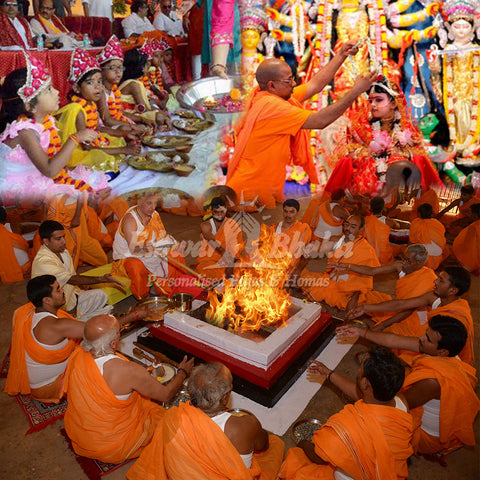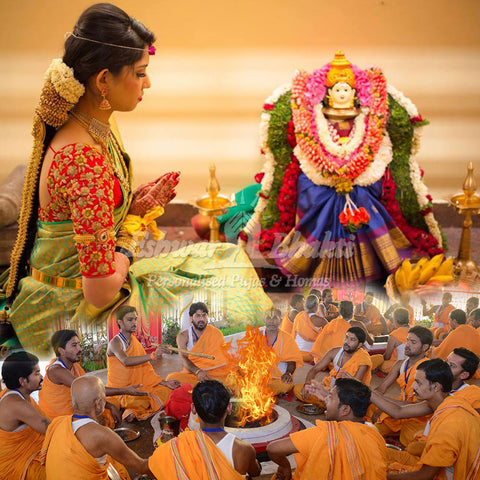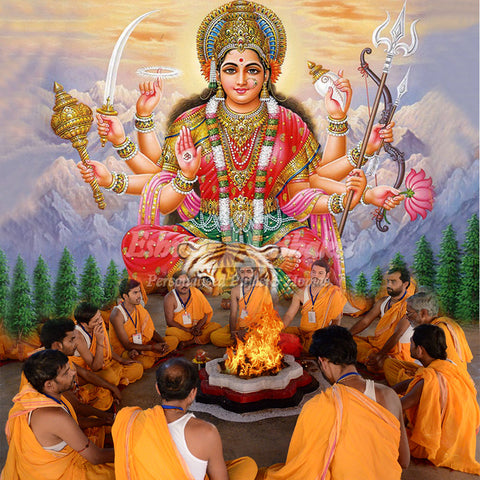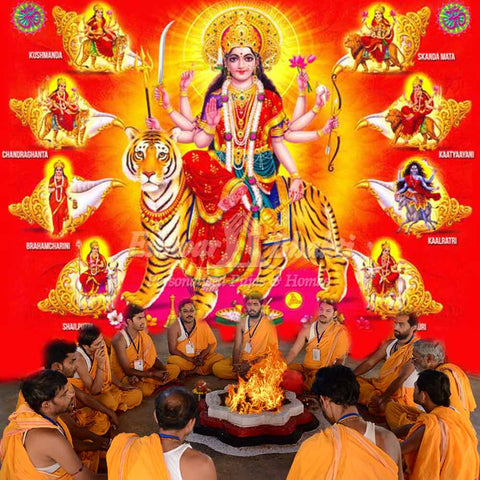Gangaur
 India is one of the most religiously and ethnically diverse nations in the world and the birthplace of Hinduism. Every year different states and religious societies of India celebrate numerous rituals and festivals as per their culture and tradition. The state of Rajasthan and some parts of Gujarat, Madhya Pradesh, and West Bengal celebrates one of such auspicious festival known as Gangaur. It is one of the most important and colorful festivals of the people of Rajasthan that is observed throughout the state with great faith and devotion during the months of March–April.
India is one of the most religiously and ethnically diverse nations in the world and the birthplace of Hinduism. Every year different states and religious societies of India celebrate numerous rituals and festivals as per their culture and tradition. The state of Rajasthan and some parts of Gujarat, Madhya Pradesh, and West Bengal celebrates one of such auspicious festival known as Gangaur. It is one of the most important and colorful festivals of the people of Rajasthan that is observed throughout the state with great faith and devotion during the months of March–April.
The word Gangaur is a combination of two words, i.e. Gan and Gaur. Gan is a synonym for Lord Shiva and Gaur is a synonym for Gauri or Goddess Parvati who symbolizes Saubhagya (marital bliss). Numerous ancient Hindu texts, like the Vedas, Upanishads, and Puranas describe Mata Parvati as the cosmic power of the earth, the originator of life on Earth, and is responsible for the movement of all things on the planet.
This popular festival Gangaur is the celebration of marital fidelity, childbearing, and harvest. On this auspicious occasion, womenfolk of Rajasthan worship Gauri, the consort of Lord Shiva with great sincerity. Married women celebrate this festival for the welfare, good health, long life of their husbands and for a blissful married life while unmarried women worship Her to get blessings in the form of a desired husband.
The Festival: The Gangaur of Rajasthan is famous all over the world. The celebration of the Gangaur festival begins on the first day of the month of Chaitra (as per the Hindu calendar), the day following Holi, and continues for 16 days. This festival comes to an end on the third day of Shukla Paksha of the same month. It is usually an 18-day affair, during this period all women are expected to observe a restricted fast with one meal a day. Images or clay idols of Shiva-Gauri prepared by the local craftsmen are decorated and worshipped during the festival. Womenfolk decorates the idols of Gauri with new garments specially made for the occasion and make them look like living figures. Certain Rajput families worship permanent wooden images of the divine couple, which are repainted every year by reputed local painters called matherans before the commencement of the festival.
These figures are then placed within baskets along with wheatgrass and flowers in the houses and worshiped every day. Wheatgrass plays an important role in this much-awaited festival as it signifies harvest. Unmarried women also buy earthen pots known locally as Ghudlias and decorate them in a traditional Rajasthani painting. They set out in a procession with Ghudilas on their head with a burning lamp inside, wearing traditional Rajasthani dresses, walking on the streets and lanes, which is an integral part of Gangaur festival. The ladies decorate their hands and feet with beautiful designs made out of Mehndi (myrtle) is another popular practice of this 18-day long festival. As per the tradition, married women receive gift hampers from their parents known as Sinjara, which comprises traditional clothes, jewelry, cosmetic products, and sweets.
On the final day, a long procession is taken out with the images of Gauri and Lord Shiva to a garden. People in large number come forward to dance and sing traditional songs related to the departure of Gauri to Her husband's house. The grand ceremony of Gangaur comes to an end with the immersion of all idols in a pond or well.
Significance of Gangore festival: Devotees celebrate Gangaur with great zeal and devotion. They worship Goddess Parvati/Gauri to receive Her graceful blessing for a bountiful spring that’s full of harvest, and also for marital harmony. Married women offer prayers to the goddess to bless their husbands with good luck, health, and long life. Unmarried girls worship the Goddess to get married soon.
Legend of Gangaur festival: Gangaur has an interesting Vrat Katha (story) which narrates, once upon a time Lord Shiva along with Goddess Parvati and Narad Muni went out to take a tour of earth. When they reached a nearby forest, the arrival news of the divine guests spread like wildfire. While the women of higher sects got busy preparing delicious food for the deities, the women of lower sects came with their offerings and worshiped them. Lord Shiva, Goddess Parvati, and Narad Muni were delighted to have their food, and Goddess Parvati happily blessed all the women by sprinkling the "suhagras".
Later, the women of the higher sects came with the food. When the deities had finished eating, Lord Shiva asked His consort what blessings are you going to give to these ladies, as "suhagras" is already given to lower class women. To this, Goddess Parvati replied that she would bless these groups of women with her own blood. Saying that She scratched the tip of Her finger and sprinkled Her blood on these women. Since then, the womenfolk of these regions started celebrating this day with great zeal and devotion.
Summary: Gangaur is a colorful and important festival of the people of Rajasthan which is observed throughout the state in honor of Goddess Gauri /Parvati, the very manifestation of Shakti. The womenfolk in various parts of Central and Western India, majorly Rajasthan celebrates this auspicious festival with grand ceremonies. The ancient festival is celebrated with varying rituals and traditions in different parts of Rajasthan. Tourist from all over the world gathers during this occasion to witness this popular festival. All major cities of this state organize Gangaur mela or fair for the entertainment of locals and foreigners. The ceremony concludes with a grand event. On that day womenfolk carry out a grand procession with great pomp and pageantry while carrying the beautified idols of Shiva and Gauri on their heads. Throughout this festive period, they eat only one meal a day and worship the deities with pure heart to bless their husband with successful, healthy, and long life.




